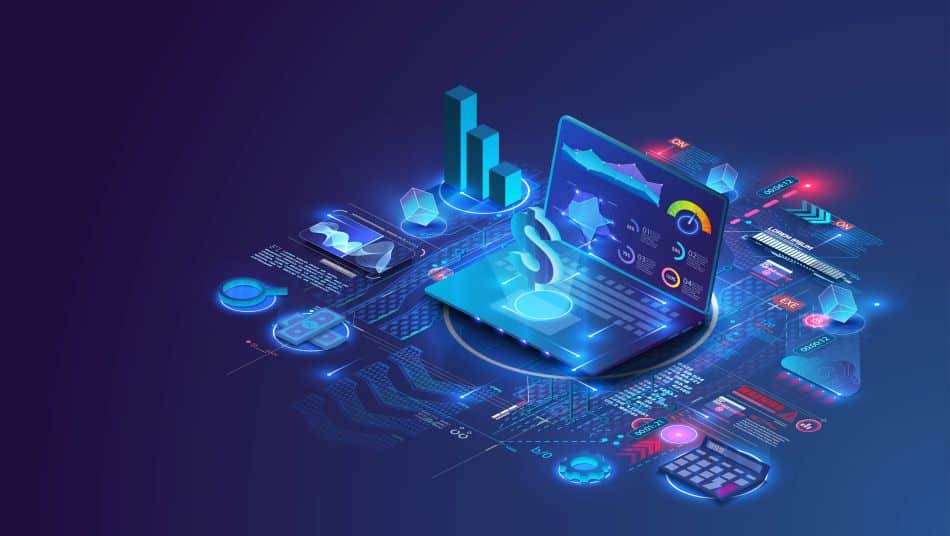Budget overruns in IT often have a silent culprit: unused or improperly managed software. As businesses shift to hybrid and cloud environments, oversight becomes increasingly complex. Software Asset Management (SAM) is no longer just about license tracking, it’s a critical tool for optimizing IT budgets and maintaining compliance.
This blog will explore the challenges, risks and strategies involved in SAM, offering insights to help businesses transform their approach to IT Asset Management (ITAM).
The Silent Drain on IT Budgets
Unused software is more than an annoyance, it’s a hidden liability. According to recent studies, businesses waste an estimated 30% of their IT software budgets annually on underutilized or unused software. Gartner echoes this, highlighting that many organizations face significant overspending due to inadequate management of software licenses.
The rise of hybrid work models and increased adoption of cloud environments only amplifies this issue. Think about it: applications are procured rapidly to meet immediate needs. But without proper oversight, these tools often go unnoticed, unused or over-provisioned. The result? A steady financial leak that eats away at budgets meant for innovation.
How It Happens: Common Causes of Overspend
If you’re wondering how software spending spirals out of control, here are the usual suspects:
- Overprovisioning – IT teams often purchase more licenses than required to avoid potential shortfalls. While this might seem prudent, it frequently leads to unnecessary expenses, especially when licensing is based on bundled packages.
- Lack of Usage Tracking – Without proper monitoring tools, it’s almost impossible to determine if employees are actually using the software. Overlooking usage data results in licenses being renewed for tools that are rarely or never utilized.
- Decentralized Purchasing – Departments purchasing tools independently without IT oversight often leads to duplication of software or subscriptions that don’t align with companywide standards.
- Fear of Under-Licensing – Fines from vendor audits are a common concern, but overcompensating by purchasing excessive licenses wastes funds that could be allocated elsewhere.
The good news? Each of these pain points is avoidable with smarter Software Asset Management strategies.
The Hidden Risks Beyond Cost
Unmanaged software assets don’t just impact the bottom line; they pose risks that extend far beyond financial inefficiency.
Software vendors like Adobe, Microsoft and Oracle frequently audit organizations to ensure compliance. Untracked software usage or exceeded licenses can result in hefty penalties, often running into tens of thousands of dollars.
In addition, decentralized software procurement and poor usage tracking can lead to unintentional breaches of licensing agreements or privacy regulations, leaving businesses vulnerable to legal actions.
Abandoned or outdated software can also become gateways for cyberattacks. Unpatched vulnerabilities in unused applications put your entire infrastructure at risk, making ITAM and SAM essential to maintaining a robust cybersecurity framework.
By proactively managing licenses and deployments, you don’t just save money; you safeguard your organization.
Making the Case for Smarter SAM
To address these challenges effectively, organizations need to elevate their approach to Software Asset Management. Here are 3 ways a smarter SAM strategy can drive meaningful results:
1. Usage-Based License Management
Rather than simply tracking how many licenses you have, modern SAM tools focus on who is using what, and how often they use it. This data allows businesses to purchase and renew licenses based on actual usage, ensuring cost-efficiency without compromising functionality.
2. Effective License Position (ELP) Explained
An ELP provides a detailed overview of your software entitlements and deployments. Tools that integrate ELP functionality can:
- Highlight areas of non-compliance.
- Identify opportunities to scale down.
- Ensure each employee has the right tools for their role while avoiding over-licensing.
3. Integration with Procurement and ITSM
By integrating SAM tools with procurement systems and IT Service Management (ITSM) platforms, businesses can automate license tracking, manage renewals and seamlessly remove unneeded applications. For example, platforms like TeamDynamix Sassafras help centralize asset data, offering a real-time view of software usage, compliance and renewal dates.
Smart SAM practices not only save money but also support broader business goals, such as resource optimization and digital transformation.
Unlock Better Outcomes with Proactive SAM
The inefficiencies surrounding unused software may be silent, but they don’t have to be ignored. By investing in smarter Software Asset Management practices, businesses can reduce costs, minimize risks and unlock budgetary breathing room for innovation.
With tools like TeamDynamix Sassafras, organizations can take the guesswork out of managing IT assets, ensuring every dollar spent counts.
Looking to transform your approach to IT Software and Asset Management? Start by understanding your current software usage and compliance levels. From there, build a plan that aligns your tools with business needs while eliminating waste.

